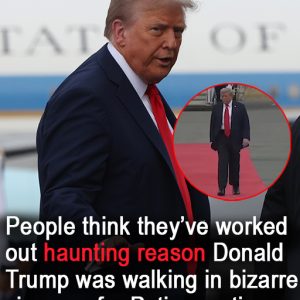Last weekend’s Alaska summit between President Trump and Vladimir Putin ended without a ceasefire, despite Trump’s bold promises. While Trump claimed “great progress,” Putin insisted on demanding large Ukrainian territories, including areas not controlled by Russia—a stance firmly rejected by Ukraine’s President Zelenskyy.
A leaked video showed Trump smiling with Putin, sparking criticism that Trump appeared subservient, with some calling it propaganda favoring Putin. Washington’s Congressman Eric Swalwell condemned the meeting as a humiliation and questioned its diplomatic value. European leaders also warned the summit weakened transatlantic unity and emboldened Russia.
However, some analysts suggested Putin might have miscalculated, potentially pushing Trump toward a stronger defense of Ukraine. U.S. envoy Steve Witkoff revealed Putin’s tentative agreement to consider NATO-style security guarantees for Ukraine, a rare sign of progress.
Despite the summit’s theatrics, European and Ukrainian leaders remain united: Ukraine’s territorial integrity is non-negotiable. As Trump prepares to meet Zelenskyy, the Alaska summit’s legacy seems less about agreements and more about its symbolic impact—Putin emboldened, Trump softened, and global stability hanging in the balance.





